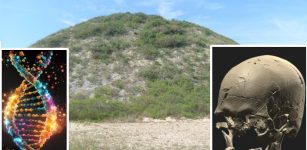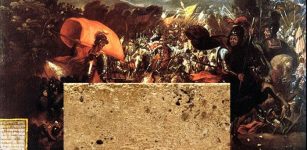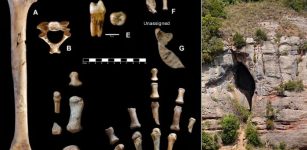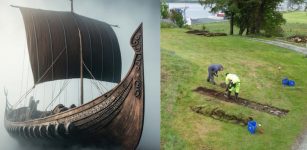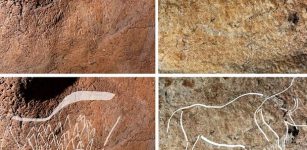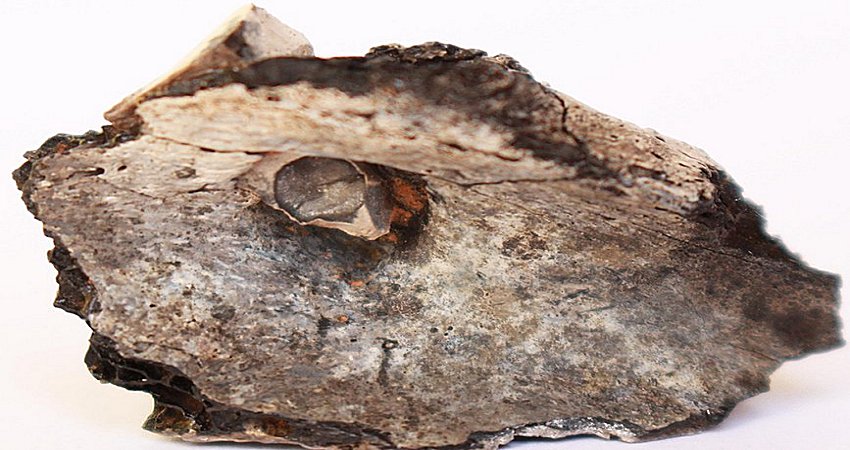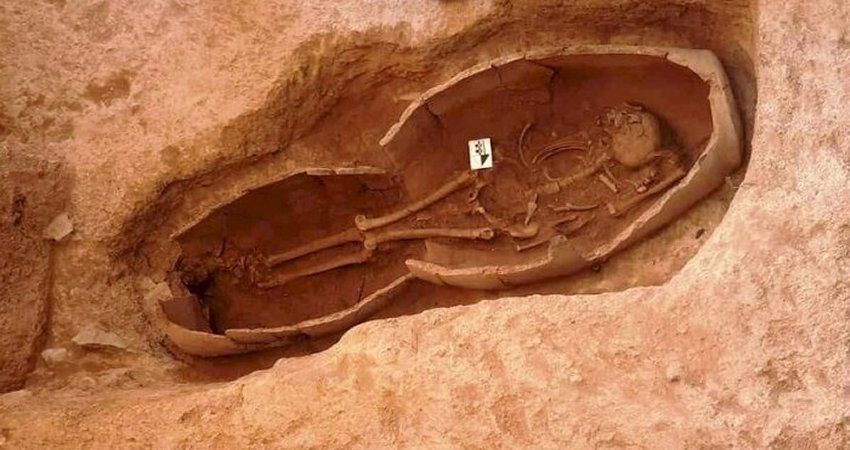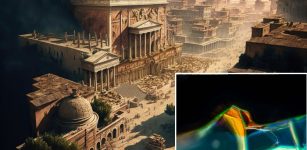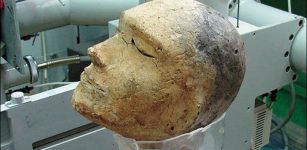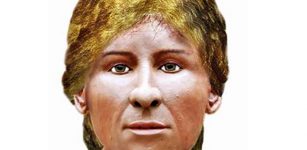Tomb Of Queen Khennuwa At Meroe, Sudan – Reopened For Study
MessageToEagle.com – For the first time in almost one century, the burial chambers of a royal pyramid at Meroe are now reopened for re-excavation, which will be conducted by an international team of experts.
The subterranean tomb, constructed sometime in the early 4th century BC for the Great Royal Wife, Queen Khennuwa, is situated about 6 meters below its pyramid.
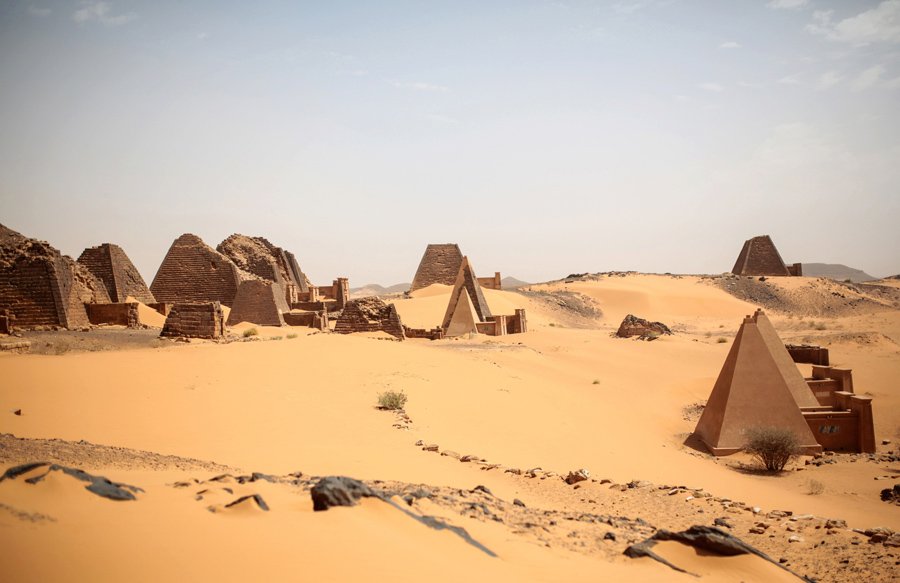
Its burial chambers were completely decorated with well-executed paintings and hieroglyphic texts, many of which are still preserved.
See also:
Taharqa – The Most Powerful Of The Black Pharaohs
Abu Erteila’s Lost Temple And The Meroitic Empire: New Discoveries Shed Light On Nubian Civilization
The re-opening of the tomb is part of the research and conservation programme of the Qatari Mission for the Pyramids of Sudan (QMPS), that focuses on preservation and further investigation of more than 100 pyramids in the royal cemeteries at Meroe.
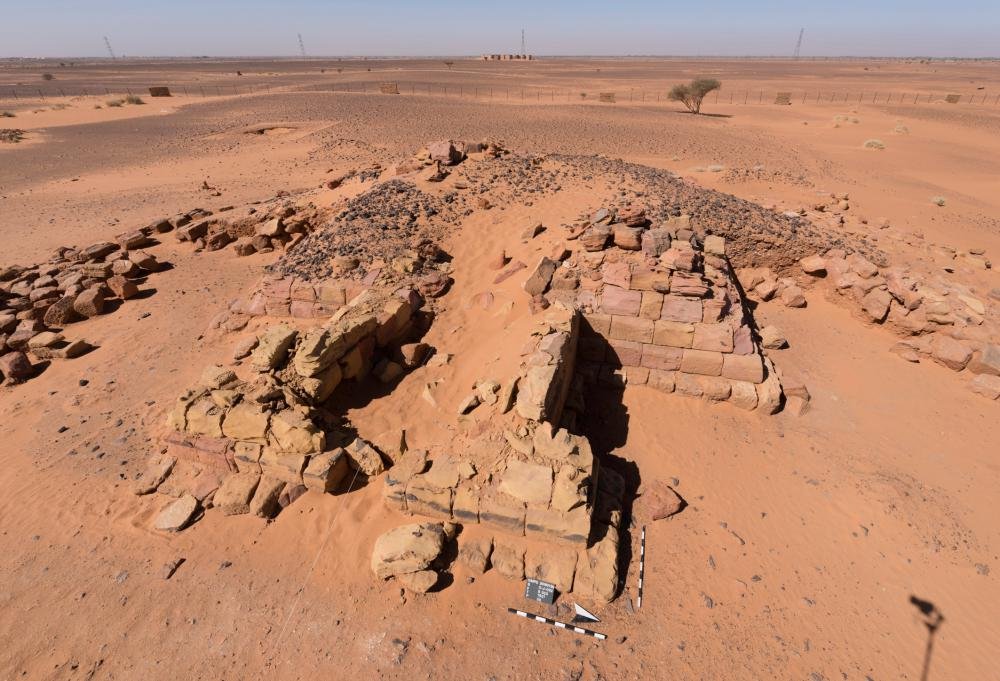
Four centuries after their ancestors ruled Egypt as the “Black Pharaos” of the 25th Dynasty during the 7thcentury BC, the Kings and Queens of Meroe created a vast empire south of the 1st Cataract of the Nile in nowadays Sudan.
The center of this kingdom was its capital at Meroe, situated about 200 km north of present-day Khartoum.
Until the fall of the Meroitic kingdom in the 4th century AD, its rulers were buried in royal necropolises amongst the mountains some kilometres east of the capital. Queen Khennuwa was one of these rulers and her grave, along the entry path into these burial grounds, is one of the earliest pyramids in these necropolises.
![The subterranean tomb, constructed sometime in the early 4th century BC for the Great Royal Wife, Queen Khennuwa, is situated about 6 metres below its pyramid.Credit: P. Wolf/DAI]](https://www.messagetoeagle.com/wp-content/uploads/2016/02/tombmeroereopened1.jpg)
Close similarities of her tomb decoration to funerary texts of the 25thDynasty testify to the still strong influence of earlier traditions.
Queen Khennuwa’s grave chamber has already been excavated by George A. Reisner of the Boston Museum of Fine Arts in 1922 who documented the pyramid but only a few photographs and hand copies.
These have been the only source of information available to scholars for nearly one century.
Now, a series of new technologies will be used to digitize and transform the existing archive of archaeological remains.
Later, the burial tomb of Queen Khennuwa will open to the public.
MessageToEagle.com

